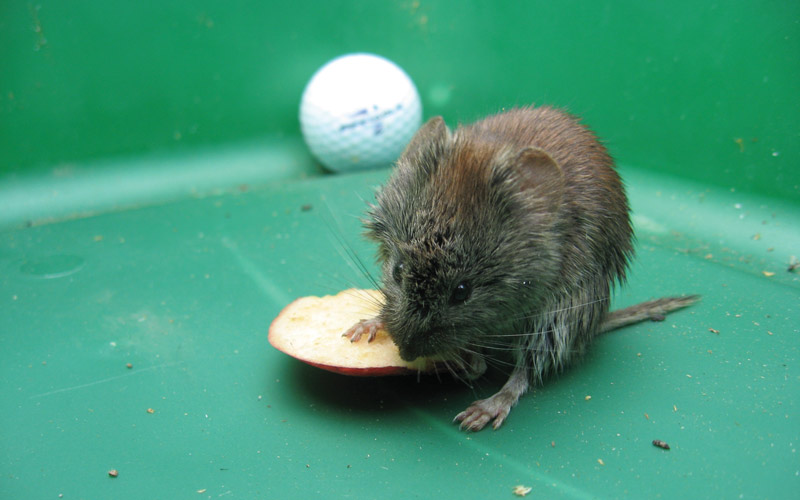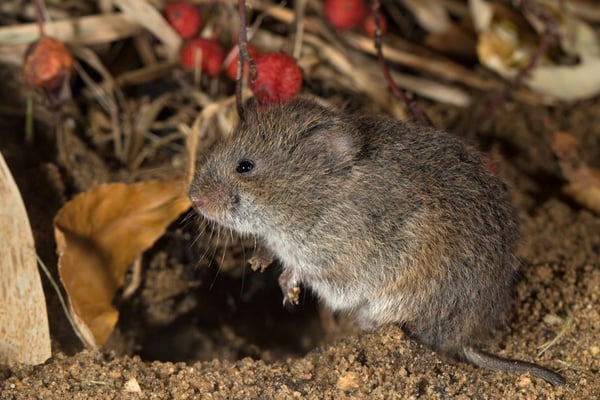Proven Vole Control Techniques to Guard Your Property
Proven Vole Control Techniques to Guard Your Property
Blog Article
Comprehensive Overview to Efficient Vole Insect Control: Infestation Identification and Treatment Techniques
In the realm of efficient bug control, vole infestations present an one-of-a-kind obstacle that demands a strategic approach. These little rodents, often incorrect for computer mice, can damage gardens, lawns, and plants if left untreated. Recognizing the indicators of vole existence and applying targeted therapy techniques are essential parts of a successful bug monitoring strategy. By checking out the subtleties of vole actions, recognizing key indicators of infestation, and evaluating a variety of control options, one can establish a thorough strategy to fight these evasive pests.
Comprehending Vole Actions
Vole actions is defined by their delving habits and fast recreation prices, making them a difficult parasite to manage efficiently. These small rats normally create detailed passage systems underground, utilizing them for sanctuary, food storage, and transportation. Voles are herbivores, eating a range of plants, turfs, roots, and light bulbs, which can cause significant damage to gardens, orchards, and lawns. Their fast reproductive price further complicates control initiatives, with women efficient in generating multiple clutters in a solitary year, each having numerous spawn.
Understanding vole actions is vital for efficient parasite control methods. By identifying their burrow places, keeping track of feeding locations, and implementing targeted control methods, such as trapping or environment adjustment, vole problems can be managed efficiently.
Signs of Vole Problem

Prevention Approaches
Applying reliable prevention approaches is essential in minimizing vole infestations and safeguarding plants from their destructive feeding habits. To prevent vole problems, it is vital to begin by removing prospective next food sources and shelter.
Frequently evaluating the residential property for indicators of vole activity, such as paths and tunnel openings, is important for early detection and prompt activity. If vole task is believed, think about using traps or repellents purposefully put near their paths.
Non-Lethal Control Techniques
To effectively manage vole populations while prioritizing gentle techniques, non-lethal control approaches offer functional services for decreasing vole damage in yards and landscapes. These obstacles can be buried at least 12 inches bent and deep at a 90-degree angle to prevent voles from burrowing underneath.

Lethal Control Options
One effective approach for resolving vole problems in landscapes and yards includes the tactical usage of lethal control choices. When faced with an extreme vole problem that non-lethal methods have stopped working to have, implementing dangerous control procedures ends up being important. In general, when employing dangerous control choices, it is crucial to do so properly and in conformity with regional laws to successfully handle vole invasions.
Conclusion
To conclude, effective vole parasite control requires a thorough understanding of vole habits, recognition of indications of problem, implementation of prevention methods, and use of both dangerous and click to read more non-lethal control approaches. By integrating these strategies, individuals can properly handle vole populations and shield their building from damage. It is essential to address vole invasions immediately to avoid additional concerns and minimize the influence on the surrounding atmosphere.
Offered the complex tunnel systems and rapid recreation prices particular of voles, recognizing the indications of vole infestation comes to be crucial in you can check here effective pest control. One of the primary indications of vole visibility is the presence of surface paths or tracks in lawn or snow, normally regarding 1-2 inches vast, produced as voles travel in between their burrows and food sources.To efficiently take care of vole populaces while focusing on humane methods, non-lethal control techniques provide functional options for reducing vole damages in landscapes and gardens.One effective technique for addressing vole problems in gardens and landscapes includes the calculated use of dangerous control choices. vole yard damage.In conclusion, effective vole parasite control requires a detailed understanding of vole behavior, identification of signs of invasion, execution of prevention approaches, and usage of both non-lethal and dangerous control approaches
Report this page